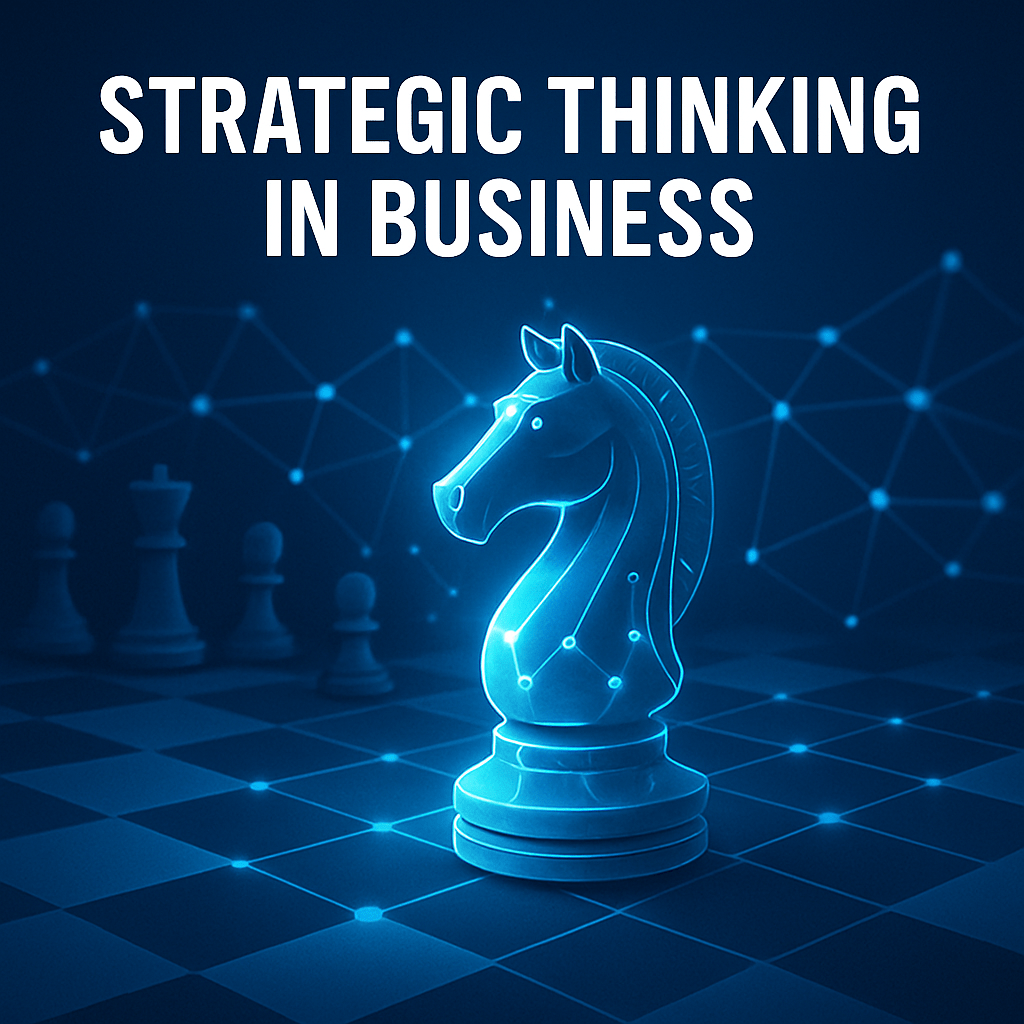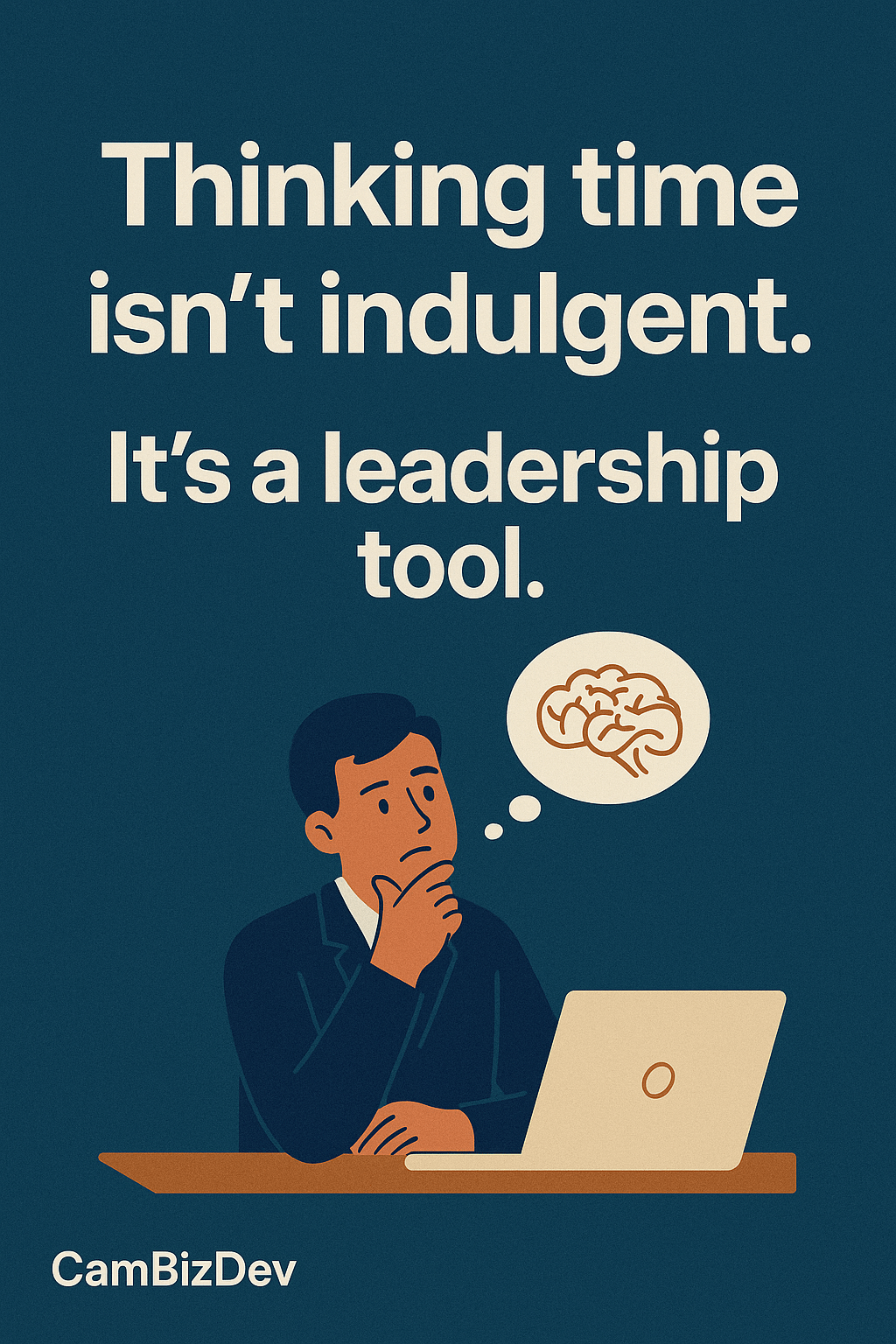
Technology grabs the headlines, but people drive performance. No matter how advanced the tools, a business can only grow as far as its team does. That’s why team development is one of the smartest investments a leader can make.
The Temptation to Rely on Tech
When companies hit challenges, the quick answer is often to buy new software, adopt automation or introduce another platform. These tools can help, but they’re not enough on their own. Without a capable, motivated team behind them, technology quickly reaches its limits.
Why Team Development Wins
- Stronger problem solving – Teams that learn and grow bring fresh ideas and spot opportunities faster.
- Better resilience – Well-developed teams adapt more easily when markets or priorities shift.
- Higher engagement – When people feel invested in, they’re more motivated and more likely to stay.
- Sustainable performance – Unlike tools that become outdated, people who grow with the business keep adding value.
How Leaders Can Start
You don’t need a huge budget or complex programs. Effective team development starts small:
- Create time for regular 1:1s.
- Encourage cross-functional collaboration.
- Provide access to learning resources.
- Celebrate growth and progress, not just results.
These simple steps build momentum and show your team that their development matters.
Why It Matters Now
In a world where tech evolves quickly, the only true competitive advantage is people. Businesses that invest in team development are more likely to scale sustainably, retain talent and outperform those that rely on tools alone.
As *Harvard Business Review noted, building a strong learning culture on your team improves engagement, retention and long-term performance.
Build a Stronger Team
That’s exactly what our course How to Develop Your Team is designed to support. It gives leaders the frameworks and tools to build capable, motivated teams that deliver results.
👉 Check out the Team Development course here
Transforming Potential into Performance
*Sources
Harvard Business Review (2023). Build a Strong Learning Culture on Your Team





